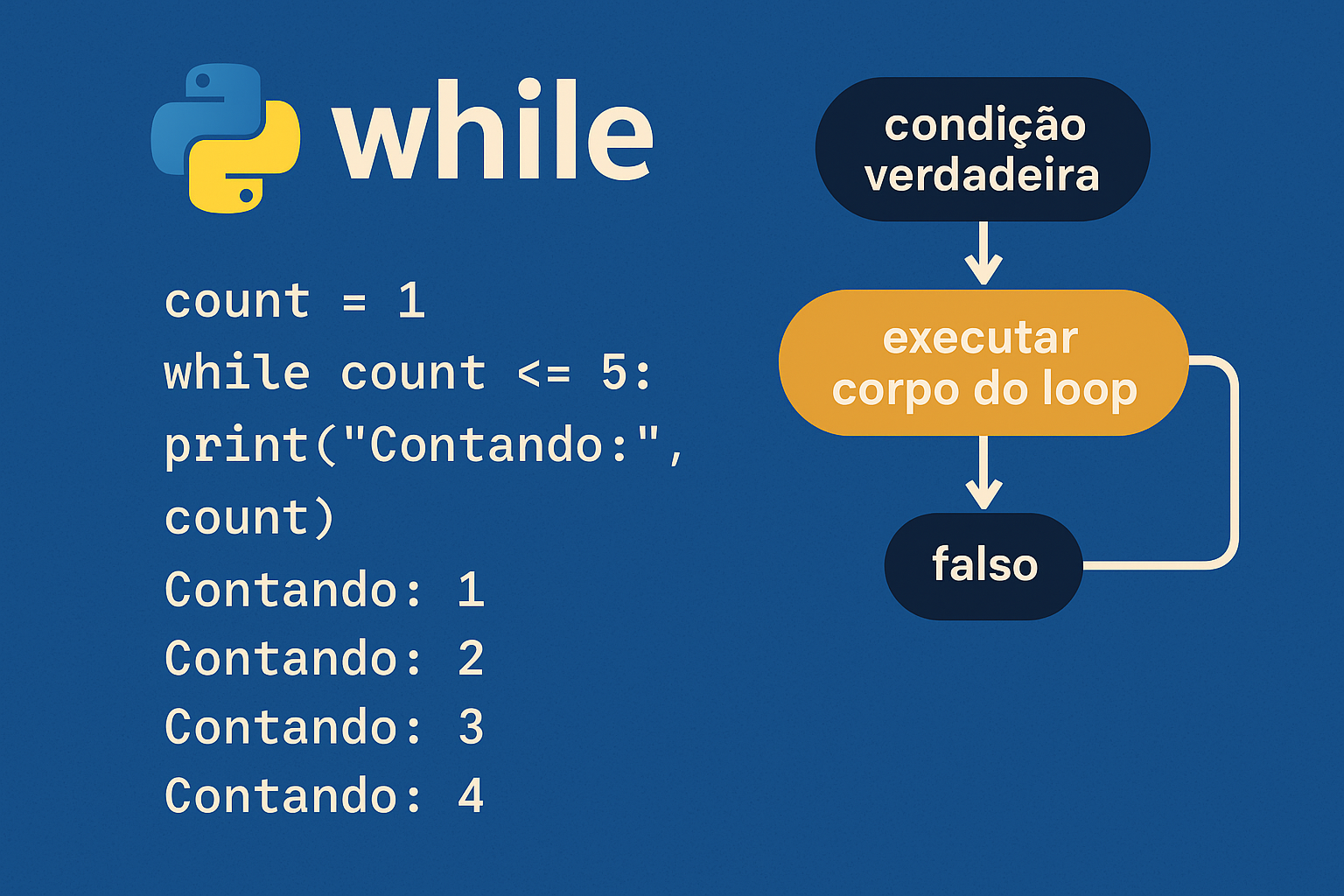The Influence of AI on Urban Mobility: Public Transport and Smart Traffic
Picture this: a city where cars move in perfect sync, buses arrive just when you need them, and traffic jams… well, they’ve basically vanished. Sounds like sci-fi, right? But this scene is already unfolding — thanks to Artificial Intelligence.
Urban mobility, one of the toughest nuts to crack in modern cities, is quietly undergoing a revolution. And AI is the engine driving this change. It’s not magic — it’s tech. But the effect? Almost magical.
Traffic as a living organism
Think about it: traffic behaves like a complex organism. Every car, bus, traffic light, and pedestrian is a cell that needs to work in harmony. That’s where AI steps in — learning, predicting, and adjusting in real time, like it’s giving the city’s pulse a rhythm.
Smart traffic lights, for example, now adapt to the flow of vehicles. Less time stuck, fewer honks, less stress. Ahhh, sweet relief!
Public transport that actually shows up
Who hasn’t waited forever at a bus stop wondering if the bus turned into smoke and vanished? With AI, that’s becoming a thing of the past. Algorithms fueled by real-time data can predict demand, optimize routes, and adjust schedules. The result? More punctual buses, smoother rides, and fewer ghost buses or overcrowded nightmares.
Some cities are even piloting autonomous fleets — buses and vans that drive themselves and change routes based on real-time demand. Yup, we’re inching closer to a “Black Mirror” episode — hopefully with a happy ending.
Taming chaos with foresight
One of AI’s greatest superpowers? Predicting behavior. Those monster traffic jams that pop up out of nowhere? AI can foresee them before they even happen — and reroute the flow.
Some platforms already provide dynamic traffic alerts, heatmaps, and real-time route suggestions. It’s like Waze on AI steroids — smarter, faster, and always one step ahead.
And what about sustainability?
Less time in traffic = less pollution. Fewer cars = cleaner air. By making transportation more efficient, AI is also giving a big thumbs up to environmental goals. It’s a virtuous cycle: technology, mobility, and sustainability, cruising together toward a brighter future.
Challenges? Oh, absolutely.
It’s not all smooth roads and green lights. We’ve got real concerns about data privacy, digital exclusion, outdated infrastructure, and public trust in automated decisions. But one thing’s for sure: ignoring AI is no longer an option. We need to embrace the change — wisely and responsibly.
Final thoughts
In the end, AI is teaching our cities how to move smarter. It’s taking the brakes off progress and driving us toward a more intelligent, efficient, and human-centric way of getting around. Because truly smart cities? They don’t just move fast — they move well, with everyone on board.
Suggested Reading (in English)
- Smart Cities: Big Data, Civic Hackers, and the Quest for a New Utopia – Anthony M. Townsend
- Artificial Intelligence for Smart Cities – SpringerLink Collection
- AI in Transportation – Deloitte Insights: https://www2.deloitte.com
- Urban Mobility in the Age of AI – World Economic Forum: https://www.weforum.org





[…] Traduzido do: https://bighead.guru/2025/04/20/the-influence-of-ai-on-urban-mobility-public-transport-and-smart-tra… […]